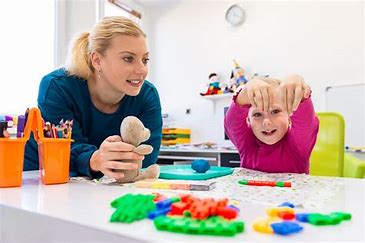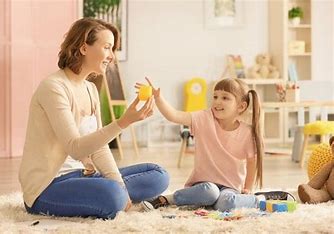
2.What Happens in the Body When We’re Anxious
🔍 Spotting the Signs When anxiety strikes, children may not say “I feel anxious.” Instead, they might say: - “My tummy hurts.” - “I feel funny.” - “I don’t want to go.” This is because anxiety doesn’t just live in the brain—it shows up in the body too. 🧬 The Science (Simplified) When a child’s brain detects “danger,” it releases adrenaline. That’s a hormone that makes the heart beat faster, the tummy twist, and the muscles tense—getting the body ready to act. 🧘♂️ Key Tip: Help children spot early signs of anxiety in their body. Awareness leads to earlier, easier calming.

9: Predictability and Routine – The Secret to a Calmer Brain
🧭 Why Routine Helps When the world feels unpredictable, anxiety rises. Routine acts like a soft blanket—it provides structure, safety, and fewer surprises for the brain to worry about. 🧩 What Predictability Looks Like: A clear morning or bedtime routine Visual schedules or checklists Transition cues (like a song or countdown) 🕒 Try This: Create a simple visual timetable together with your child. Use drawings or stickers. Let them help decide the order—it gives them ownership and reduces stress. 💬 Key Message: Routine isn’t boring—it’s calming. Predictability helps quiet the “what if” thoughts before they spiral.

8: “I Can Do Hard Things” – Building Resilience in Anxious Children
💪 What Is Resilience? Resilience Resilience isn’t about “being tough” or never feeling afraid. It’s about learning how to get back up after a wobble. It’s the quiet confidence that says, “Even if something is hard, I can still try.” 🧠 Teach the Resilient Mindset: “This is tricky for now, but I’ll get better with practice.” “It’s okay to be nervous and still give it a go.” “I don’t have to be perfect—I just have to try.” 🎨 Try This: Create a “Bravery Board” with your child. Every time they try something scary or new, add it. Celebrate effort, not just outcomes. 💬 Key Message: Anxiety says, “I can’t.” Resilience learns to say, “Maybe I can—and I’ll try.”